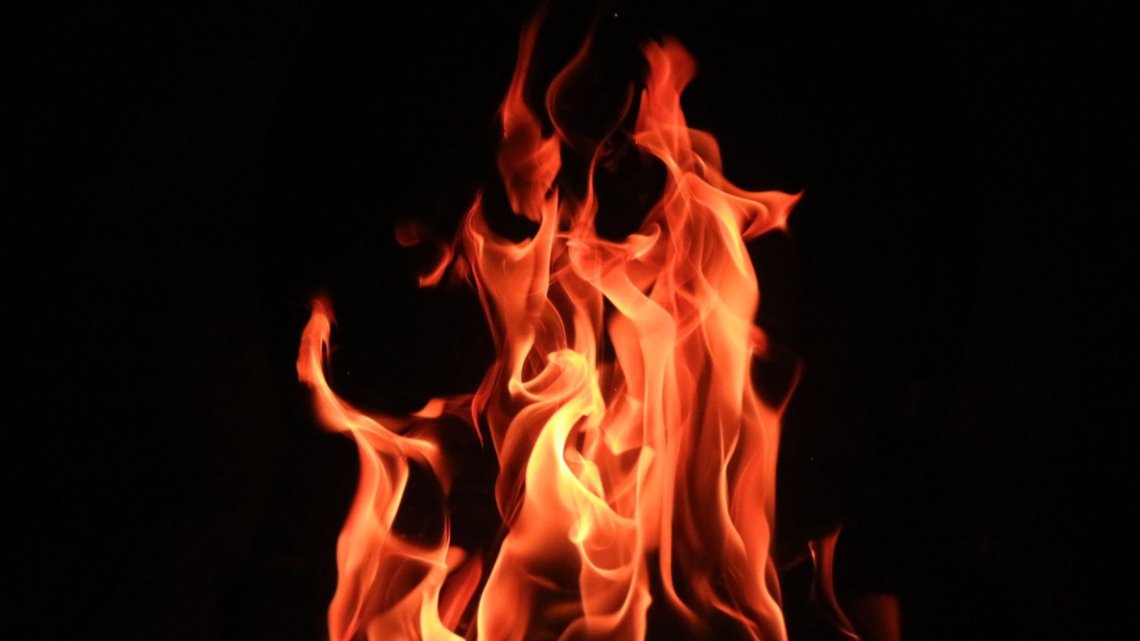Jon Davies
February 21, 2019


A look at how a peel-and-stick weathertightness membrane performs in a fire when used as a temporary cladding. Combustible, not combustible, smoke development, spread of flame. Closed cavity, intumescent seals, peak heat release, total heat release. Too much information? What was the question exactly?
The performance of materials in a fire situation has been a hot topic (I had to use it) for a long time, long before a certain fire in London (1666, of course).
Where products are to be used in a wall >7m high, fire performance must be available to provide part of a compliance pathway. The ISO 5660.1 is one accepted method for showing compliance. The test apparatus (Cone Calorimeter) throws a controlled amount of heat at a product sample for a certain time period and is able to accurately measure what happens, such as how fast, how hot, how much smoke, etc. If you like to burn stuff like Ricky Baker, BRANZ has a video on YouTube here.
So, what’s our connection to this? Pro Clima has a peel-and-stick weathertightness membrane, SOLITEX EXTASANA ADHERO®, which is commonly specified over a rigid substrate in buildings that sit outside NZS3604 and are classed as temporary cladding (weathertightness) before being covered by a final cladding material. What we need to know is how it will perform in a fire. Will it ‘add significant fuel load’?
The first round of data to share involves two fibre cement products with the peel-and-stick ‘ADHERO’ attached. Both of these passed the requirements for ‘Peak heat release’ and ‘Total heat release’ when tested to the ISO 5660.1 standard (cone calorimeter). Other available data related to our ADHERO product, including the Flammability Index, is stated in BRANZ Appraisal No. 989 (2017).
Type A external cladding has no restrictions at >7m high, within 1 metre of the boundary. The requirement of ‘limited combustibility’ cladding is to achieve a Peak Heat Release rate <100 kW/m² and a Total Heat Release rate <25 MJ/m² during the ISO 5660.1 test.
The Cone Calorimeter is testing with SOLITEX EXTASANA ADHERO® over JH RAB 6mm. Confirming acceptable performance with ADHERO applied to the outside face, JH RAB achieves Peak heat release below 100 kW/m². Total heat release below 25MJ/m².
Cone Calorimeter testing with SOLITEX EXTASANA ADHERO® over Fibre Cement (Shera 6mm). Confirming acceptable performance with ADHERO applied to the outside face, Shera achieves Peak heat release below 100 kW/m². Total heat release below 25MJ/m².
For both Fibre Cement products, The group number classification is 1-S. (C-VM2 Appendix A). Testing based on ISO 5660.1-2015 (Cone Calorimeter method).
As SOLITEX EXTASANA ADHERO® Self-Adhesive Underlay is not exposed to view in occupied spaces, the product does not need to meet the requirements of NZBC Acceptable Solutions C/AS2 to C/AS6, Paragraph 4.17.8 b), for the surface finish requirements of suspended flexible fabric. Therefore, it may be used with no restrictions in all buildings. Prevention of Fire Occurring: SOLITEX EXTASANA ADHERO® Self-Adhesive Underlay must be separated or protected from heat sources such as fireplaces, heating appliances, flues, and chimneys. Part 7 of NZBC Acceptable Solutions C/AS1 to C/AS6 and NZBC Verification Method C/VM1 provide methods for separating and protecting combustible materials from heat sources.
We continue to test other substrates with and without our products attached to be able to provide quality advice and give assurance that our products are applicable to local requirements, materials and building methodologies. While some test data like fire is exactly comparable worldwide, claims of UV stability are not, which is why we ensure our products can survive exposure to NZ sun for the times we claim, including 180 days for SOLITEX EXTASANA ADHERO®.
A thermally insulated, airtight building envelope plays a major role in determining how comfortable and pleasant an indoor environment is for us and how well we can work, learn or relax there. The air temperature has the strongest effect on our perception of comfort level: a temperature range of between 20 °C and 23 °C in homes is regarded as comfortable in winter, while temperatures of up to 26 °C are perceived as pleasant in summer. In this context, airtightness has a crucial influence on the effectiveness of thermal protection in both winter and summer.